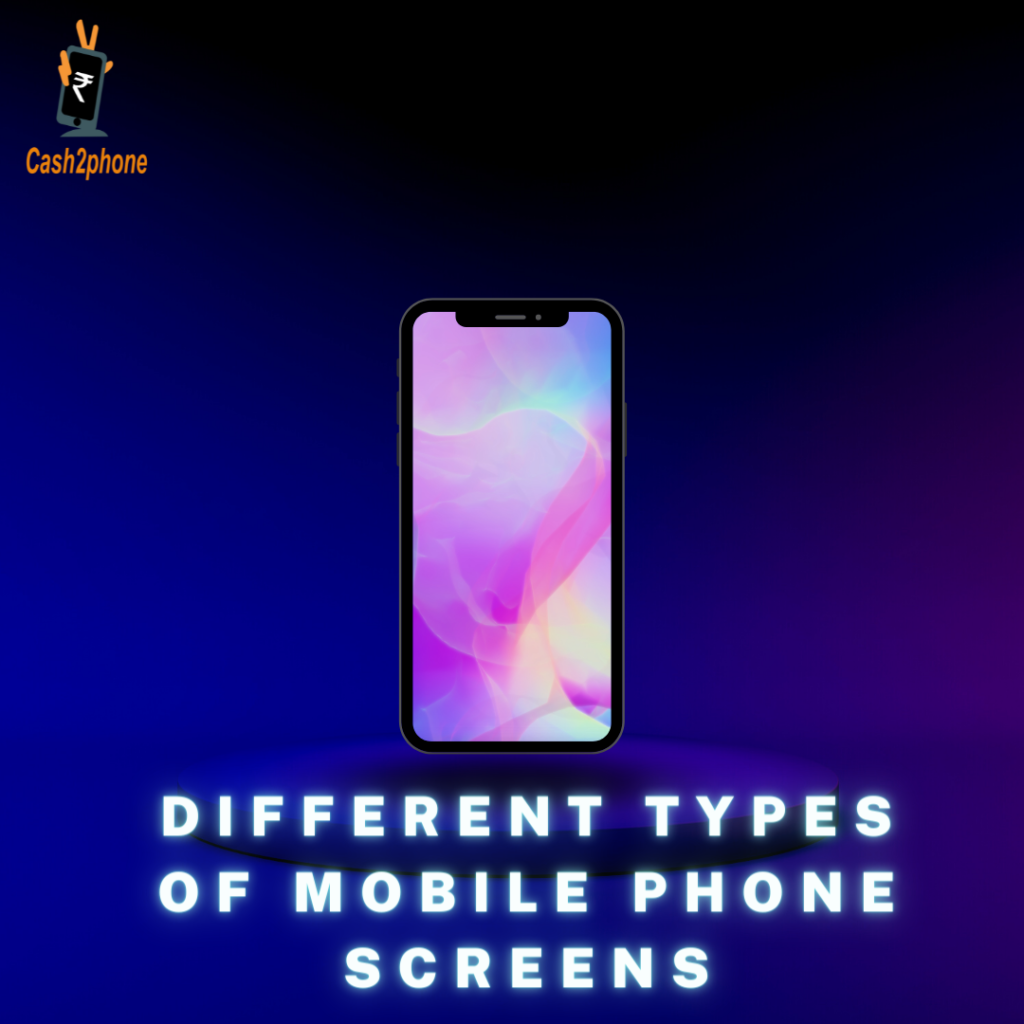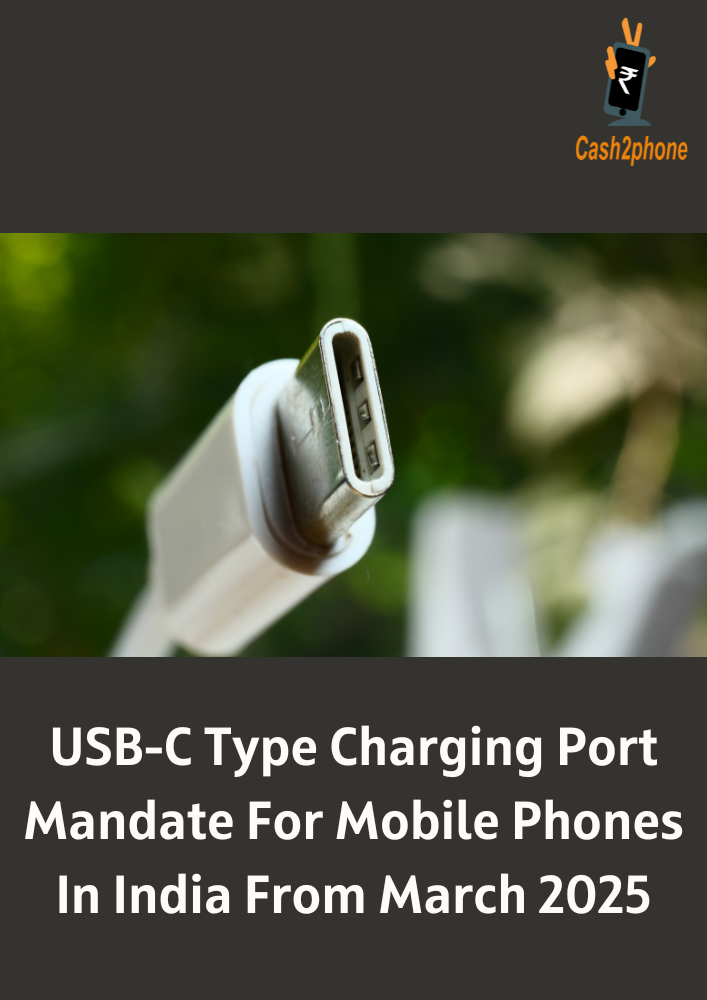Screens galore: the different types of mobile phone screens
Have you ever wondered about the different types of mobile phone screens? Do you know what an OLED display is? How about a 720p display? The smartphone industry has made significant strides in terms of screen resolution, brightness, and size over the past few years, but it can be difficult to keep track of all the names, specifications, and technologies used to make these displays. In this article, we’ll explore some of the more common display types in use today, from LCDs to Super AMOLEDs screens. All these terms are associated with Android smartphones. Apple is having its own display like super Retina & super Retina XDR display.

LCD Display
A liquid crystal display (LCD) is a flat-panel display or another electronically modulated optical device that uses the light-modulating properties of liquid crystals. Liquid crystals do not emit light directly. They use a backlight or reflector to produce images in colour or monochrome. LCDs are available to display arbitrary images (as in a general-purpose computer display) or fixed images with low information content, which can be displayed or hidden, such as preset words, digits, and 7-segment displays, as in a digital clock. They use the same basic technology, except that arbitrary images are made up of a large number of small pixels, while other displays have larger elements. Nokia 6, Xiaomi Redmi Note 5, and Vivo y12s are some of the smartphones which come with IPS-LCD displays.
Iphones Screen Size Comparison
LED Display
A LED (light emitting diode display) is a flat-screen display that uses light array emitting diodes as pixels of the video display. This is the extensively used display in mobile phones and other electronic equipment. Mobile phones with LED displays are typically lower in price than those with OLEDs. The picture quality is not as great as OLED, but it’s still pretty good. Plus, LED displays use less power, so your battery will last longer. There are two main types of LED displays: in-plane switching (IPS) and vertical alignment (VA). IPS screens have better color reproduction and viewing angles, while VA screens have better contrast ratios. In the electronic industry IPS, displays are used in most scenarios.
Also Read:- WhatsApp Just Made it Easier To Take Back Your Words!!
OLED Display
Organic Light-Emitting Diode (OLED) displays are made of organic materials that emit light when an electric current is passed through them. When a series of organic molecules is placed between two conductors, And the current is passed through these conductors, then a light emits, this is how an OLED Display works.
They’re used in a variety of electronic devices for providing digital displays, including cell phones, computer monitors, and television display. OLEDs have a number of advantages over other display technologies, including their high contrast ratio, wide viewing angle, and fast response time.
Also Check:- How To Sell Old iPhone Online
AMOLED Display
AMOLED- Active Matrix Organic Light Emitting Diode display- as its name indicates, it is a type of OLED display. In AMOLED display each pixel is consist of thin film transistors(TFT) . TFT main work is it allows the passage of current on a very rapid rate. And enables electric current to reach on complete screen in no time. Ans with the help of TFT each pixel can get electricity very fast. AMOLED displays are usually installed on big-screen mobile phones and electronic equipment.
Also Read:- iPhone 12 vs Xiaomi 12 Pro: Which One is Better?
Super AMOLED
Super AMOLED is a screen that is branded by Samsung smartphones. As per Samsung “In Super AMOLED screen it has an integrated touch function. Instead of the layer that recognizes on top of the screen. the layer is integrated into the screen. The colors are incredibly vibrant, and the contrast is excellent. Blacks are truly black, and whites are bright and clean. Viewing angles are wide, and sunlight legibility is very good. Power consumption is lower than with other AMOLED screens, too.
Conclusion
Each display has its own benefits and drawbacks. LCD screens are typically less expensive, but they can suffer from ghosting and image retention. AMOLED screens are bright and vibrant, but they can be more expensive. Ultimately, it’s up to the individual consumer to decide which type of screen is right for them. You can sell old mobile phone online at cash2phone for best price



Pingback: What to Expect in Apple 2022 Launch Event - Cash2phone
Pingback: How to Check Is Your iPhone Battery Needs Replacement ? - Cash2phone